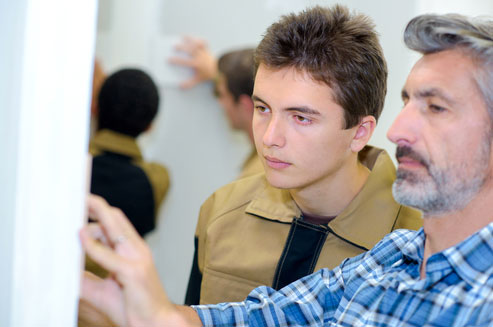

Melina Uncapher, a neuroscientist, explains how there are many factors that can affect students’ cognitive performance and being in a successful educational environment is an important one. If you’ve ever tried to clear your head by going for a walk or just sitting still and spacing out, you’ve instinctively stumbled on something that scientists have been studying for years, that environment effects our ability to learn.
Did you know that a student’s surroundings have a huge impact on their ability to learn?
Researchers have found that natural and built surroundings appear to influence how kids think and feel. Studies have been concentrating on clarifying how environmental influences can shape students’ capability to learn.
There are several ecological factors that can increase or hamper learning. Daytime light will enhance learning, while nighttime light will hinder it. Spending time with nature is important. It’s ideal to have views of the outside throughout the classroom. And it’s crucial to get rid of distractions such as noise, extreme temperatures or a seating arrangement that helps rather than hurts learning.
Reports have shown that a well-planned learning atmosphere can complement evidence-based teaching and planned curriculum. There are so many things about the built and natural environments that can influence student learning, and some researchers suggest that approximately 10 to 15 percent of variance in academic outcomes is influenced by the environment.
To learn more about how to create a successful learning environment, read the original article here:
The Science of Effective Learning Spaces




